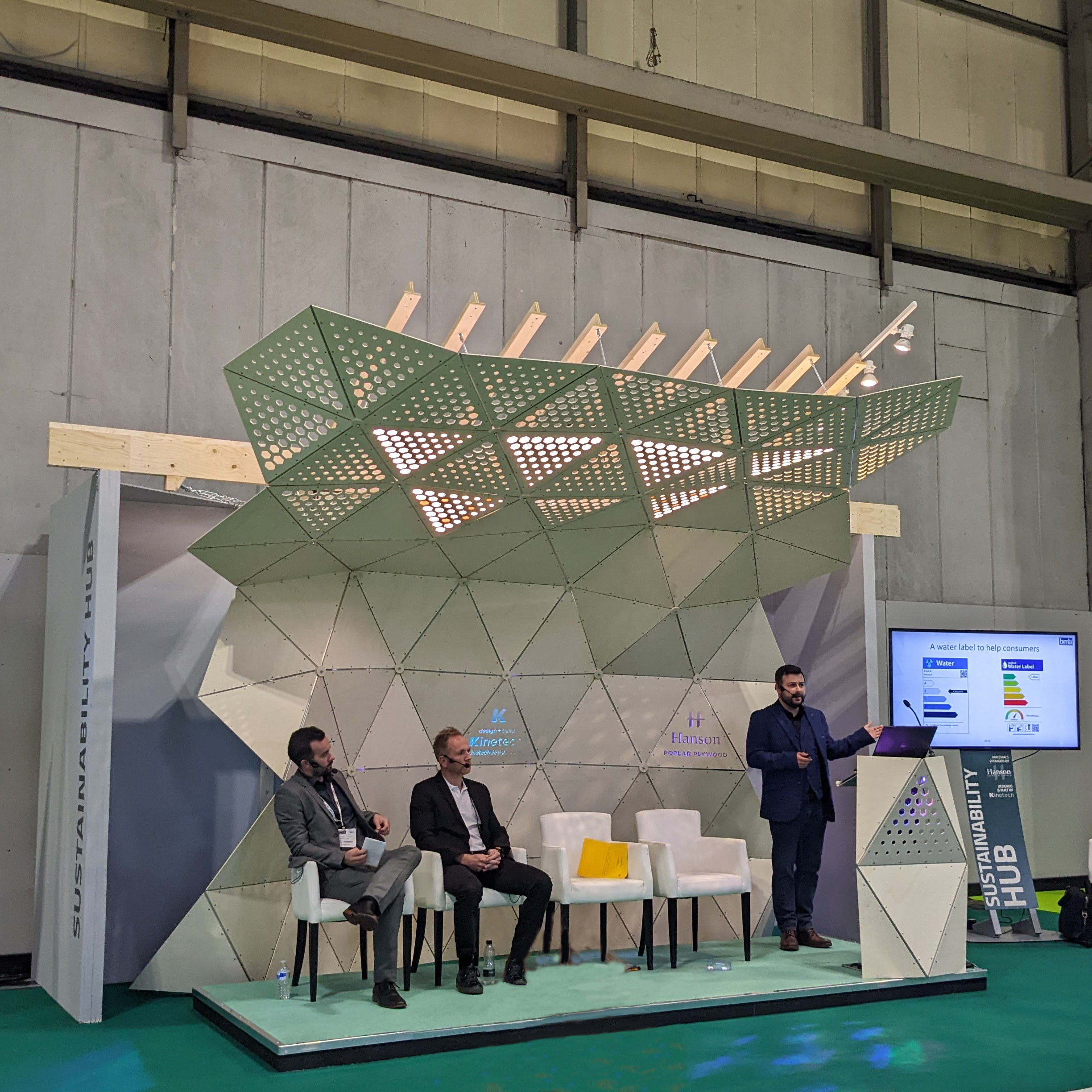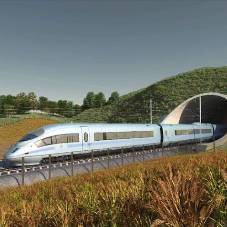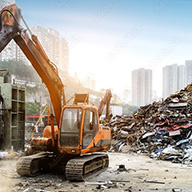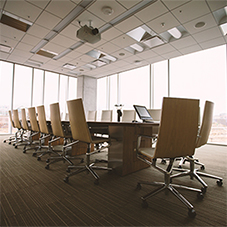The industry is always buzzing about SMART materials and new innovations. The flashy “Hollywood materials” which we can’t deny are interesting and inspiring. So it’s natural that they cause so much excitement. But what about the old reliable materials, the ones that are the very foundations of the construction industry?
A recurring element of current construction innovation is the use of dumb materials in smart ways. The exploration of everyday materials in creative way brings about the marrying of traditional materials and non-traditional applications.
A collection of apartments in Hans Place in Knightsbridge were inspired by the surrounding traditional red brick buildings. As such Architects Squire and Partners wanted to develop some brick work similar to the traditional hand carved gauged brickwork.
Realising that hand carving that many brick would have been too time consuming and expensive the designers had to explore different methods of developing their custom bricks. They explored widely used methods of machine cutting and moulding using a negative imprint. Neither were sufficient.
In the end the Architects with the help of specialised brick makers decided on using CNC (Computer Numerical Control) cutting to product the bricks. This contemporary method is the only way they could ensure the precise dimensions required.
According to the company the CNC process was technically difficult but produced a consistent result in large quantities. The final product inspired by the past used traditional materials and modern methods to produce brickwork that paid homage to both.
Another example of this can be seen at the Chanel store in Amsterdam in a façade that has become a metaphor for the blending of new and old.
MVRDV used innovative glass technology to replace a brick façade of the former townhouse that is now home to Chanel in Amsterdam.
Crystal Houses Amsterdam uses glass bricks, window frames and architraves that recreate the traditional aesthetic of the townhouse in an ultra-modern way.
The bricks were made using high-tech lasers and UV-lamps. The glass bricks were laid with transparent high-strength glue and are said to be stronger than concrete.
Towards the upper storeys the glass merges with the terracotta brickwork creating an aesthetic marriage between the traditional and the modern.
The architects see this technique as a way to preserve the traditional within modern commercial development. The new façade allows the building to retain its original architecture.
The material is also completely recyclable.
These are just two examples of how traditional materials can be used to create interesting and innovative structures using modern creative thinking. These two case studies are as well a great example of how the old and the new can combine in contemporary construction methods.
What are your thoughts? Do you know of any other examples or are you yourself working towards something similar? Let us know on LinkedIn.
Related Blog Articles










